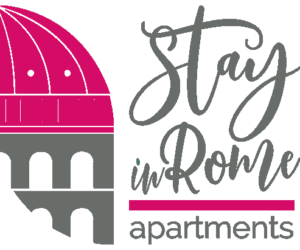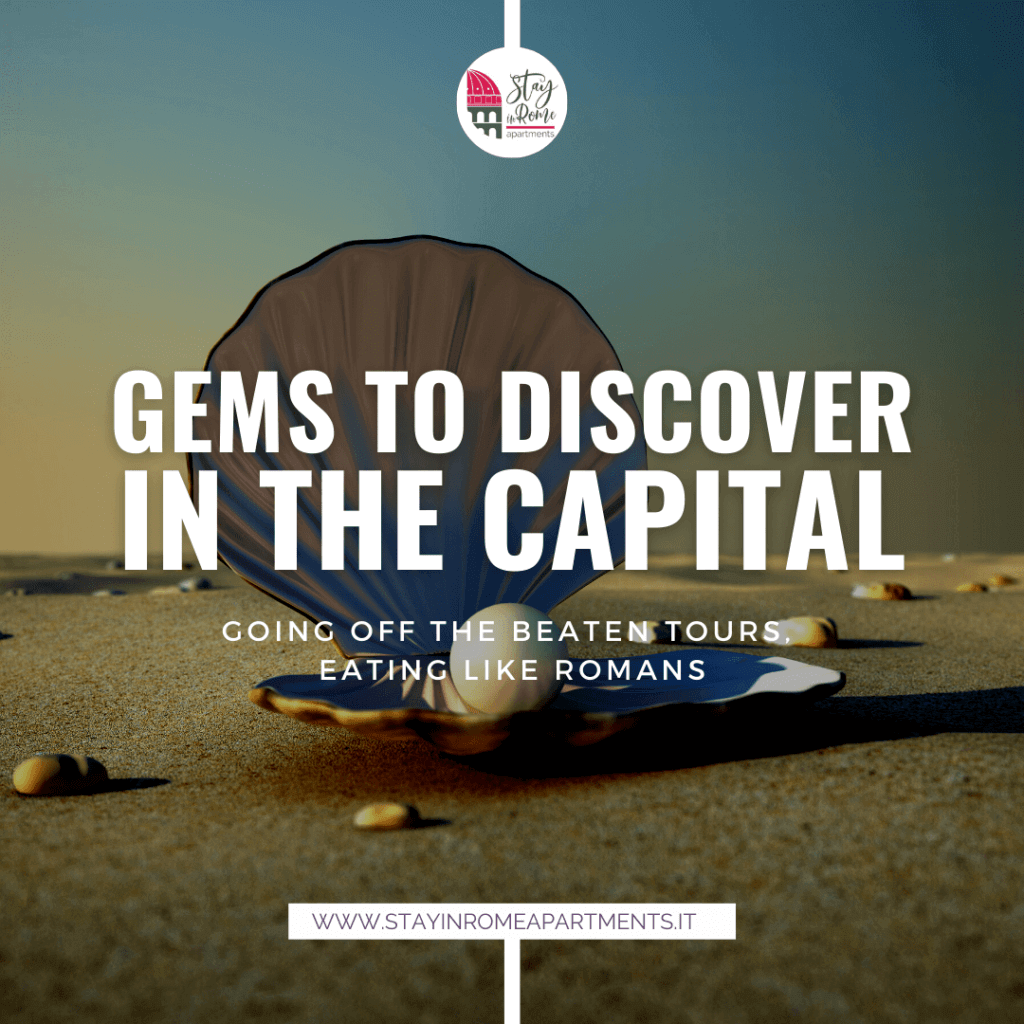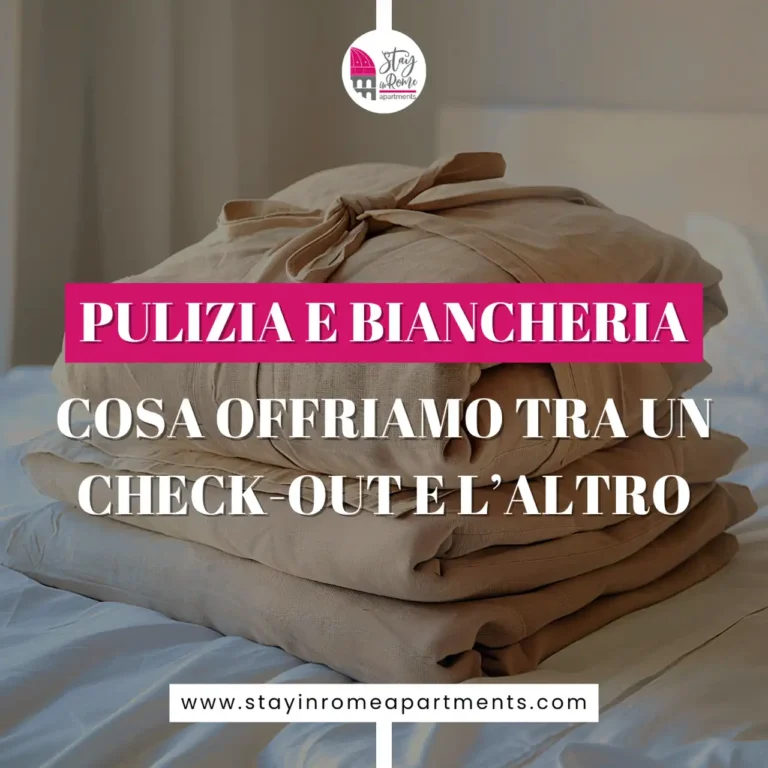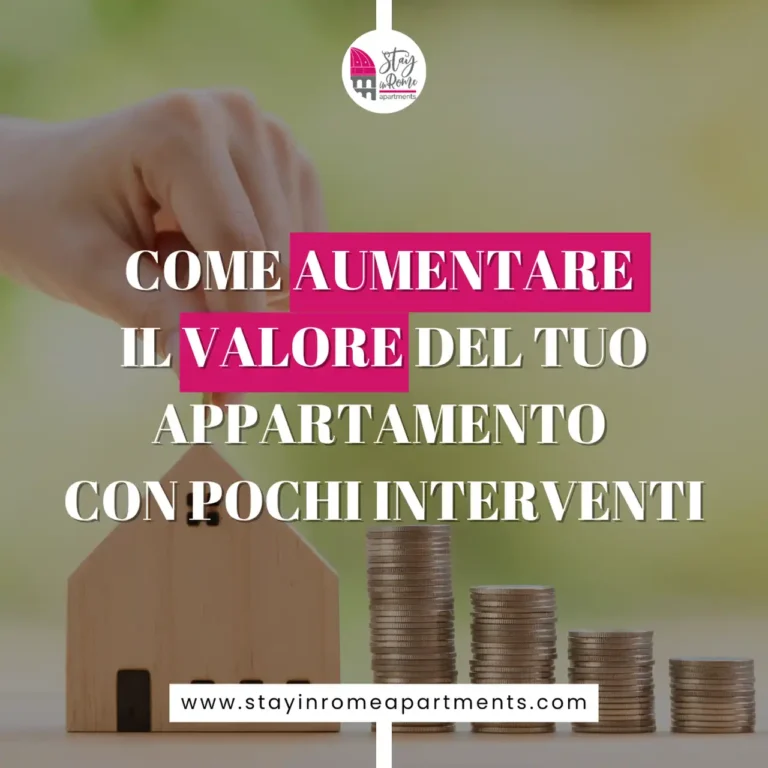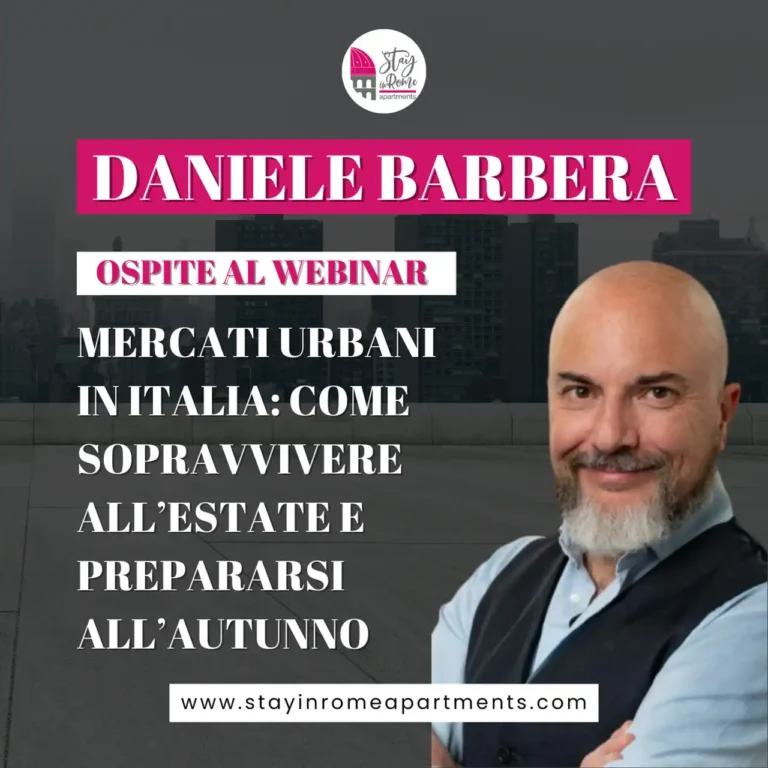Most arriving guests, either Italians or foreigners, ask us for tips on how to get close and taste the genuine essence of the Capital. They long to know its little, big gems which are not always raised by guides or tour operators. They mean to attend the places chosen by romans, to eat like they do, putting aside the tourist menus, which are almost all pretty similar and just-sufficient quality.
That’s why I am here to provide some more suggestions on the former and the latter. Because they are never enough. There are things that only a Rome citizen can know, and others whose great value is recognized only at a distance, by people who come and visit after they got ready sifting through specific pubblications. The romans must know them as well.
TRASTEVERE DISTRICT: people usually visit only piazza di Santa Maria in Trastevere and a few streets not far from it, but only exploring the whole neighbourhood you can appreciate the charming old atmosphere. In piazza San Cosimato there is the outdoor food market, Antica Caciara offers some of the best cheeses in the city and Pasticceria Valzani its traditional pastries. Many other local stores will let you taste the authentic feeling of this place.
JEWISH QUARTER, so-called Ghetto, presents a rich offer of typical roman cooking restaurants and superb ice-cream shops.
VIA MARGUTTA is located between the Spanish Steps and piazza del Popolo. It’s never too busy, and maybe because of this it is so quiet all the time. It’s a residential area for wealthy romans but hosts also high-end restaurants, luxury shops and art galleries. Amid the ancient buildings covered with ivy there is also the house where Gregory Peck lived in the popular movie ‘Roman Holiday’.
DORIA PAMPHILI PALACE: unbelievably beautiful, full of outstanding artistic and architectural details in the interior as well as in the courtyard. The gallery shows artworks from various ages and from many painters such as Velazquez, Raphael and Titian.
CAPUCHIN CRYPT OF SANTA MARIA DELLA CONCEZIONE: this church is in via Veneto, next to piazza Barberini. In the past the monks moved here from the friary of St.Bonaventure and brought with them the bones of around 4000 of their brothers, using their remains to decorate the crypt’s walls.
LARGO DI TORRE ARGENTINA: this square in Rome city center shows some roman ruins, that’s where Julius Ceasar was assassinated. Since the Twenties feral cats started to come and live here (now there are one hundred, more or less) and the ladies’ cats called ‘gattare’ take care of them.
VATICAN NECROPOLIS AND ST.PETER’S TOMB: if you want to come here you need to make a specific request to Vatican Scavi office, then you will go back through 2 millenia. It’s possible to go in the underground where the popes have been buried, as well as St.Peter.
GALLERIA SCIARRA: in via Marco Minghetti, this space was commissioned by a wealthy family to connect the various parts of its property. Now it can be visited and is usually used as a shortcut walking in the neighbourhood. Art Nouveau style, especially in the frescoes and in the iron-glass ceiling.
DOMUS AUREA: after the big fire dated 64, Nero thought an ambitious project, a villa in a 300 acres large area, a complex of marbles, mosaics and precious stones, what would likely represent the best of roman art and engineer, but also its deplorable side: the excesses one. It was destroyed, covered through vegetation and time, finally rediscovered in XV century. The excavations are still ongoing, but it’s already possible to visit a part of it thanks to archaeological guides. The entry is a short walk from Colosseum.
ST.CLEMENT BASILICA: likewise near Colosseum, from the outside it might look like any other church, but it is not. It was built in three levels, in three different ages. The upper part goes back to Medieval time. During the XIX century renovations another IV century basilica was found out. If you go lower than that in the underground you get to a I century building, the temple dedicated to god Mithras.
As we often love to say, Rome is a city full of green spots. PARK CAFFARELLA is 15 minutes walk from the city center and here you can find roman ruins, you can visit a cheese factory (Casale della Vaccareccia), see tombs and mausoleums (Cecilia Metella). Fauna and flora won’t deceive you, there are also water Egeria sources in an evocative place. You will have a refreshing moment if you are tired of walking through the city.
We never get tired of nourishing ourselves, on the contrary. Especially when we sit at a table and ask to eat like romans do.
ARMANDO AL PANTHEON, salita de’ Crescenzi, is at its third generation of family management, it offers a revisited roman cooking and a vegetarian menu as well.
RETROBOTTEGA, via della Stelletta, a few steps from piazza Navona. Everything is homemade, there is a couple of social tables to share and the chance to interact with the chef, to watch the cooking of recipes through the open kitchen and to get fascinated by the artisanal furnishings. PER ME, vicolo del Malpasso, is thereabout, between via dei Banchi Vecchi and via Giulia. Big offer of raw dishes, pasta, fish and dessert. Very rich choice of wine. CUL DE SAC, piazza di Pasquino, goes beyond the usual winebar or bistrot, here you will have an incredible options of wines and of typical roman dishes, but there are also international ones, cheeses, cured meats and classic dessert. COROMANDEL, via di Monte Giordano: elegant as old England may be, comfortable and retro furnishings, menu is not at all obvious.
Il MARCHESE, via di Ripetta: a little bit tavern (in Rome they say ‘osteria’), a little bit French bistrot, it is also a real market where they sell flowers, fruit and vegetables, bread, coffee and flour. There is a ‘sfoglina’ (the woman who usually makes pasta with her own hands) at work while you are there and you can see her, a large choice of liquors and delicious dishes.
PASTIFICIO GUERRA, via della Croce: high quality pasta street-food. CAFFÈ SANT’EUSTACHIO, in the homonym square, is very well known for the coffee.
OSTERIA BONELLI, viale dell’Acquedotto Alessandrino: a kind of a hike from the city center but definitely worthy, so that you can experience one of the most roman restaurants in the city. You will get stout portions of good meals described on the blackboard, the clientele is local.
AL CEPPO, via Panama, in Parioli district: managed by two sisters from Marche region, food is just a mix between roman and marchigian cooking, both of superb quality. The specials are ‘olive ascolane’ (filled and fried olives, typical of Ascoli Piceno), of course. The place is perfect for a Sunday lunch.
SCIASCIA CAFFÈ 1919, via Fabio Massimo, Prati district: they serve one of the best coffee in the Capital, an espresso made through their own blend of beans.
You cannot get bored, it’s a continuous travel amid past and future, tradition and experimentation. The basis for an unforgettable experience are here.
Happy enjoyment to you all
Roberto Fustini
Ig @fustinir Fb Roberto Fustini scrittore
